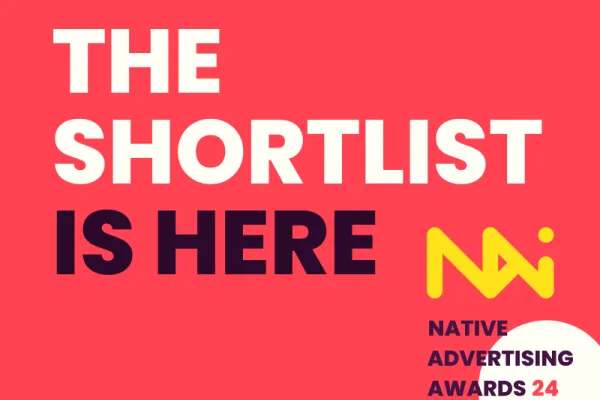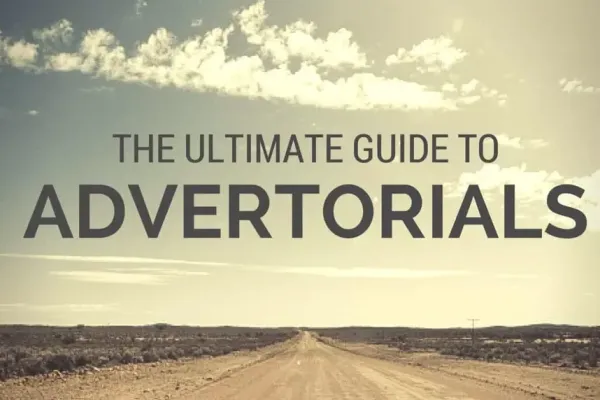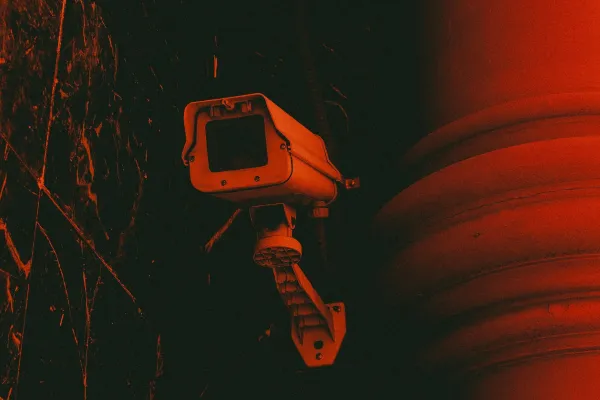It’s no secret that a good award entry takes time to prepare. In addition to the time commitment, there are also some common mistakes that can torpedo your chances of winning if you don't plan your entry process with care.
We know that time and resources dedicated to award applications can be limited – especially when daily life strikes, clients are calling, your inbox is booming and your calendar is packed with ‘to-do’ lists. That's why we've assembled this list of errors to avoid if you want to boost your chances of winning a Native Advertising Award and ensure that your commitment pays off.
Here are the eight most common mistakes that entrants make when submitting award entries and tips on how to avoid making them:
1. You build your entry on one-liners
No one knows the process of planning, producing, and distributing the native advertising campaign as well as you do. And there’s a good chance that the jury has never heard of your campaign or your client. They're unfamiliar with the challenges your client was looking to overcome or the results they were aiming to achieve with the campaign.
So help them understand. Using one-liners to explain the amazing work you’ve done, instead of providing a nuanced description of your campaign, including all the intermediate stages, is not likely to result in a shortlist nomination.
PRO TIP: Be specific and help the jury understand the thoughts and considerations that went into the campaign creation.
2. You include ‘fluffy' KPIs
How do you measure ‘building brand awareness’ or ‘increasing traffic’ efficiently? Seriously, unless you point towards more specific business outcomes, the jury will have a hard time evaluating your achievements.
It’s no secret that the jury loves to see campaigns that are built on SMART KPIs: Specific, Measurable, Attainable, Relevant and Time-bound outcomes. Such KPIs make it easy to assess whether the campaign was in fact successful.
PRO TIP: Instead of writing ‘Increased Page Views’ include hard figures (percentages, expected time spent, number of views, time span, generated leads etc.)
3. You don't back up your claims with evidence
If your case objectives, strategic approach, and case results are built on certain claims, forgetting to support such claims with clear evidence is unfortunate. Yet, it is quite a common mistake.
Not using valid sources that support your claims, such as charts, tables, testimonials, statistics, or other metrics relevant to the category, can mean the judges have no firm basis on which to compare your entry with others.
PRO TIP: If you use charts and tables, make sure to explain what the numbers in the charts and tables represent in order to provide more clarity and relevance.
BONUS: If you are not comfortable sharing confidential client data, you can always convert your data to percentages. You should not worry about confidentiality as all jury members for the Native Advertising Awards 2023 are asked to sign confidentiality agreements and are not allowed to disclose any information. In addition, the annual ‘Award Winning Native Advertising Examples’ published by NAI is not published without thorough consultation and dialogue.
4. You have not received approval to submit from all parties involved
You might be involved in the best native campaign out there. And your motivation to enter it into an award to demonstrate the true superiority of your work is therefore pretty darn strong.
But if you neglect to gain approval to submit the campaign for award consideration, your efforts might be for nought.
Although you may be eager to flaunt your work, there might be other parties involved that do not share your enthusiasm. It would be a shame to submit a golden entry and pay the entry fee only to realise that you’ve caused internal or external friction due to a lack of matching expectations or consent.
PRO TIP: Before submitting your campaign material be sure to clear the entry with your client, your organisation and any other affiliates.
5. You disguise your case excellence in typos and a lack of entry essentials
There’s always a risk that great work will go unnoticed because your entry has not been given the proper attention to detail before submission. Doing a great job might be enough to win an award, but it never hurts to approach the application process strategically in order to ensure you have the maximum chance of scoring a win. If you don't take time to check your entry thoroughly you may sabotage your chance of winning.
Stay away from jargon and acronyms as there is a chance that the jury will not understand you. Moreover, the jury will not be dazzled by an ocean of superlatives such as ‘beautiful’, ‘successful’, and ‘amazing’ in your case entry.
PRO TIP: Make sure that your entry adheres to all the rules and requirements and that it is concise and to the point, so your case is easily and quickly understood by the jury. Make sure that it is proofread. Aim for quality, not quantity. Find a willing and receptive soul who does not know the case and read your entry out loud to her/him. If she/he understands the story your case entry aims to tell, then there’s a good chance that you are on the right track.
6. Your results are unclear and hard to assess
Describing your campaign results in long form is not always the best way to illustrate that your campaign was successful. Long, convoluted explanations and an impenetrable amount of text are hard to follow, and the judges could easily miss out on important points.
Another common mistake is to forget or match KPIs to the actual campaign result.
Highlighting results that do not directly address the case is too vague to prove success. For example, if you’ve run a native advertising campaign and you refer the campaign results to an overall brand image test that is not solely focused on your campaign efforts alone, this is not a metric that is likely to impress the judges nor help them in assessing your work.
PRO TIP: Use short paragraphs, as this makes your application easier to read and helps the judges analyse the key strengths of the case quickly. Furthermore, it enables them to match your outcome to the case objectives and KPIs.
7. Your attachments take too long to download and even longer to review
Although you may have several hours' worth of campaign material (live-stream material, videos etc.), bombarding the jury with everything is not the way to go. It’s unlikely that the jury members will go through it all.
Instead, be selective about what you submit and try to limit your attachments to true essentials. Basically, your attachments should add value, relevancy, and clearance to the case entry and nothing more. A showreel and/or a PowerPoint resumé can help create an easy overview of your case. That said, do not hide critical points and learnings in your appendix material. This should be included in the entry form.
PRO TIP: Instead of attaching video files, you could consider uploading your material to a password-protected Vimeo channel or YouTube channel and include your password in your application. That way, the judges do not have to spend time struggling with downloads and file formats.
8. You wait until the last minute to submit your award entry
Although this might seem obvious, putting the entry application off until deadline day is likely to result in a less fully professional entry. You might end up skipping steps such as proofreading and double-checking your attachments. Ultimately, this means that you might not have the time to showcase your work in a proper manner and ensure that the application is backed up by all the information needed for the jury to truly get a sense of your campaign from objective to outcome.
PRO TIP: Make a note of the entry deadlines and start your entry preparation well ahead of the due date.
Not only will this help you save money (we are offering an early bird discount through 16 December), but it will also give you the time needed to plan a truly great award entry and increase your chances of winning an award. Ultimately, a Native Advertising Award is proof of your commitment to excellence and can be what tips the balance to your advantage when potential customers are looking for a collaborator.
Image by Steve Buissinne from Pixabay
 By
By 



